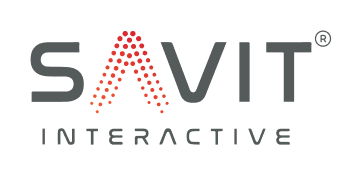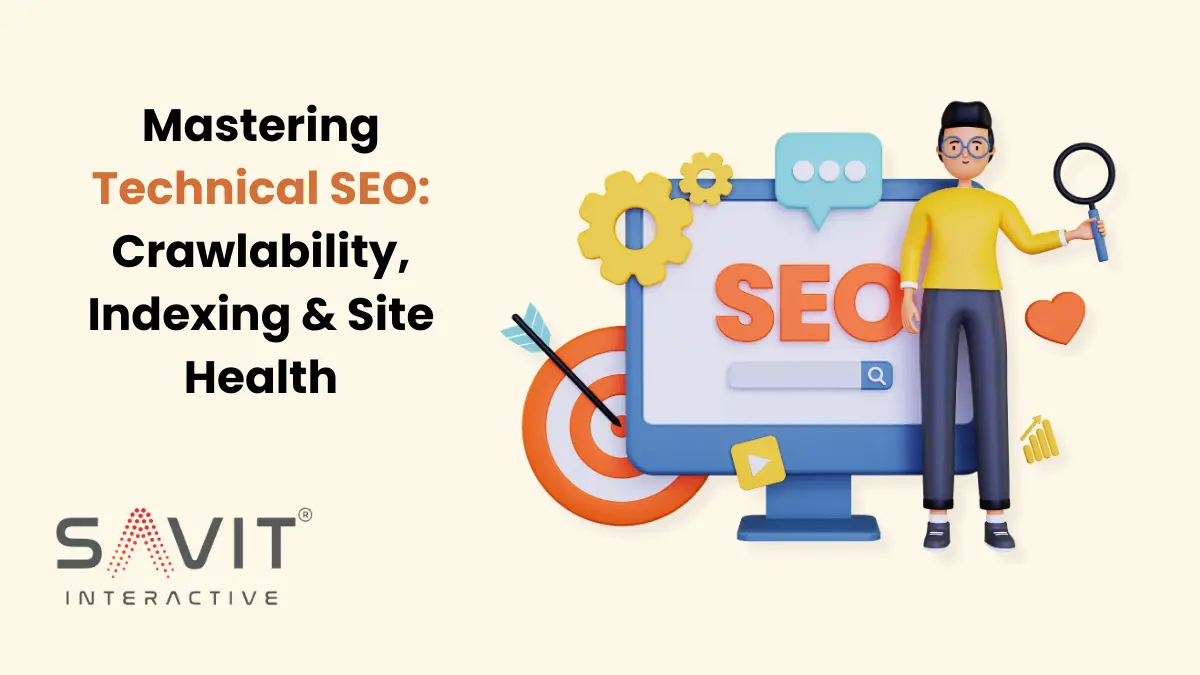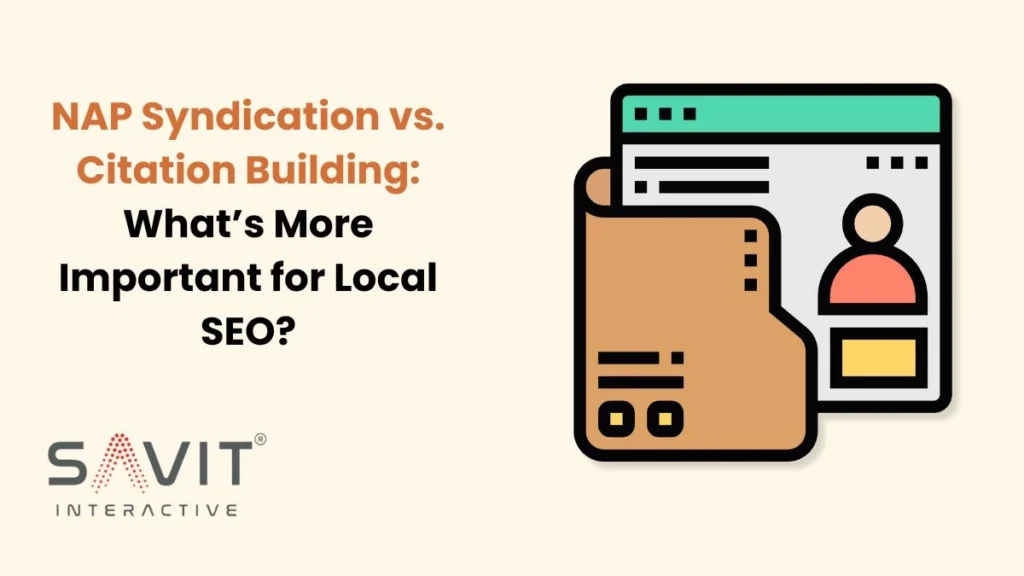Being proficient in technical SEO is now essential for companies looking to outperform their rivals and increase their online presence. Understanding the specifics of Technical SEO can yield significant benefits for webmasters and advanced users.
In a recent Statista survey, 61% of marketers ranked technical SEO as the most important component of their overall SEO strategy, pointing out the crucial role it plays in boosting search engine rankings and website performance.
In the same way that a beautiful house can collapse without a strong foundation, technical SEO acts as that foundation. It includes important components that are necessary for search engines to efficiently access, understand, and rank the content on your website, such as crawlability, indexing, and website health.
Comprehending these technical facets is crucial for local businesses, e-commerce sites, and service providers to increase their search engine ranking. Your site’s capacity to draw in organic traffic can be significantly impacted by issues like crawlability errors and indexing issues, which can result in lost opportunities and decreased visibility.
This blog will explore the fundamental concepts behind technical SEO and offer helpful advice on how to improve the functionality of your website.
Technical SEO Overview
Technical SEO is the process of improving the infrastructure of your website to make it easier for search engines to crawl, index, and maintain. As opposed to off-page or on-page SEO, which concentrates on external elements and content, technical SEO addresses the technical details that make your website easier for search engines to read and navigate. Ensuring the technical framework of your website encourages search engine algorithms to prioritize your website and rank it with a better push.
The primary components of Technical SEO include optimizing your site’s crawlability, improving indexing efficiency, and maintaining overall website health. If advanced users want to optimize their site’s performance and visibility, they must master these areas.
Website Crawlability
Understanding Crawlability
The ability of search engines to get to and explore the pages on your website is known as website crawlability. Search engines use bots or crawlers to scan your site, indexing the content they find to display in search results. Your website may not be fully indexed by search engines if it has crawlability problems, which could negatively impact your site’s search rankings.
Common Crawlability Issues
Resources that are blocked are one frequent problem. Content that is accidentally blocked from being indexed by search engine bots due to a robots.txt file or meta tags will not be indexed. Over-redirecting can also be a problem as it can lead to a confusing path for crawlers, making it impossible for them to access all the content on your website. Furthermore, complex site architecture and deep navigation layers can reduce the effectiveness of crawling.
Best Practices for Improving Crawlability
Optimize your robots.txt file so that search engine bots can access all required pages to improve crawlability. Use an XML sitemap to direct crawlers through the hierarchy of your website and identify the most crucial pages. Effective crawl budget management entails removing pointless redirects and making sure your URL structure is tidy. Regular audits by an SEO company can help identify and rectify crawlability issues before they impact your site’s performance.
SEO Indexing Techniques
Understanding Indexing
Search engines use a process called indexing to store and arrange the content they have crawled. Pages recognized by search engines and shown in search results are known as indexes. To make sure that users find your content when they search for pertinent terms, proper indexing is crucial.
Common Indexing Issues
Common indexing problems include:
- No index Tags: These tags prevent pages from being indexed by search engines, making them invisible in search results.
- Duplicate Content: Similar or identical content across multiple pages can confuse search engines and negatively impact rankings.
- Thin Content: Pages with minimal or low-quality content may be deemed not valuable enough by search engines, affecting their indexing and visibility.
Best Practices for Effective Indexing
Make sure you use meta tags correctly, avoiding needless no index tags, to address indexing issues. To deal with duplicate content, use canonical tags; to prevent thin content issues, concentrate on producing thorough, high-quality content. While you are fine-tuning your indexing strategy, periodically check if your website is being indexed by Google Search Console or other comparable tools. Whenever you put forth effort, make sure it is done correctly; if not, you might want to consider hiring specialized SEO Services for the same.
Website Health SEO
What Constitutes Website Health?
Website health encompasses various metrics that affect your site’s performance and user experience. These include page load speed, mobile-friendliness, and overall site structure. A healthy website is one that loads quickly, is accessible on all devices, and has a well-organized structure that facilitates navigation and content discovery.
SEO Health Check
Performing an SEO health check involves analyzing your website’s performance in these areas. Tools such as Google PageSpeed Insights, Lighthouse, and mobile-friendly tests can provide insights into potential issues. Regular checks help identify and address problems that could impact your site’s SEO performance.
Optimizing Site Health
Focus on reducing HTTP requests, using browser caching, and optimizing page load times to maximize the health of your website. Use responsive design strategies to make sure your website is optimized for mobile devices. Perform technical SEO audits regularly to evaluate and improve your website’s condition. Hiring an SEO Company can guarantee that your website stays in optimal condition by offering professional analysis and suggestions.
Technical SEO Audit
Purpose of a Technical SEO Audit
A technical SEO audit is a comprehensive analysis of your website’s technical aspects, including crawlability, indexing, and overall health. The purpose is to identify any issues that could affect your site’s performance and search engine rankings.
Key Areas of Focus
During an audit, focus on key areas such as crawlability issues, indexing inefficiencies, and website health metrics. Evaluate your site’s structure, identify any SEO crawling errors, and ensure that your site is optimized for both search engines and users.
Conclusion
Businesses looking to optimize the performance of their website must learn technical SEO. You can dramatically improve both the user experience and search engine visibility of your website by concentrating on crawlability, indexing, and website health. Maintaining the optimal performance of your site can be facilitated by regular technical SEO audits and best practices.
Relying on SEO services from a reliable SEO company can provide insightful analysis and practical solutions, whether you’re looking for outside assistance or handling these tasks internally. Accept these fundamentals of technical SEO to improve your search engine rankings and accomplish your digital marketing objectives.
If this blog has highlighted the importance of Technical SEO for you, please reach out to Savit Interactive. We would be delighted to assist you in optimizing your website to achieve higher visibility and transform it into a powerful lead magnet for your business.







